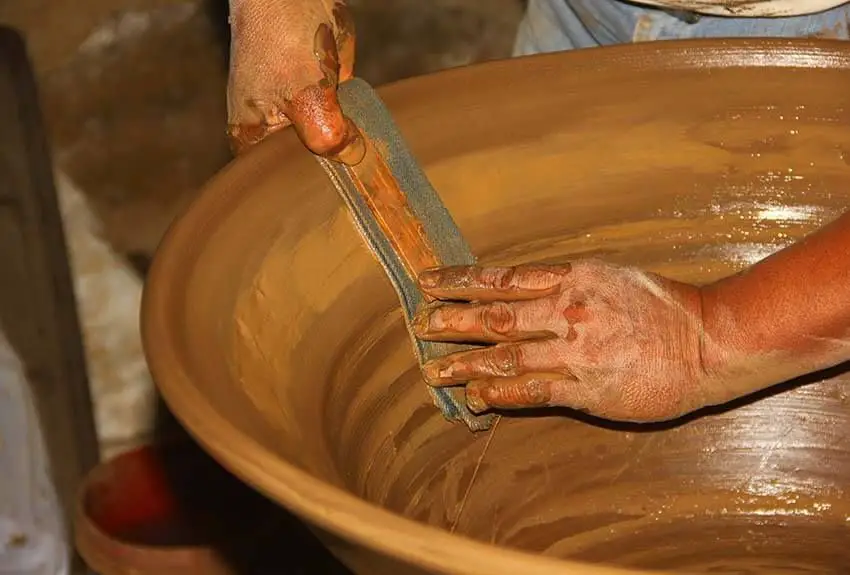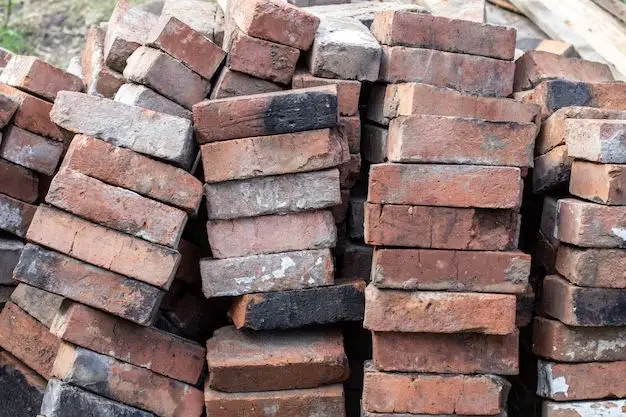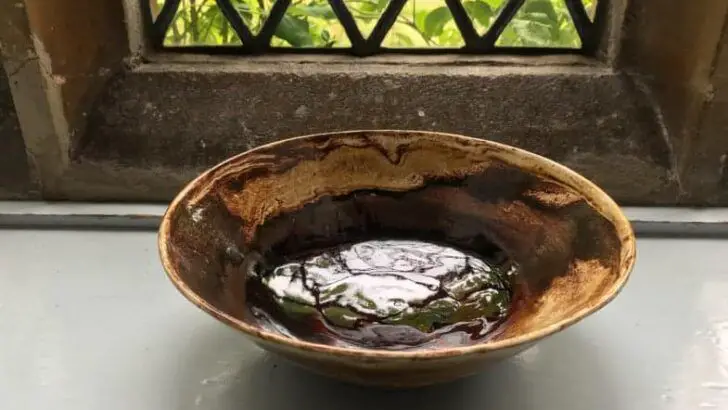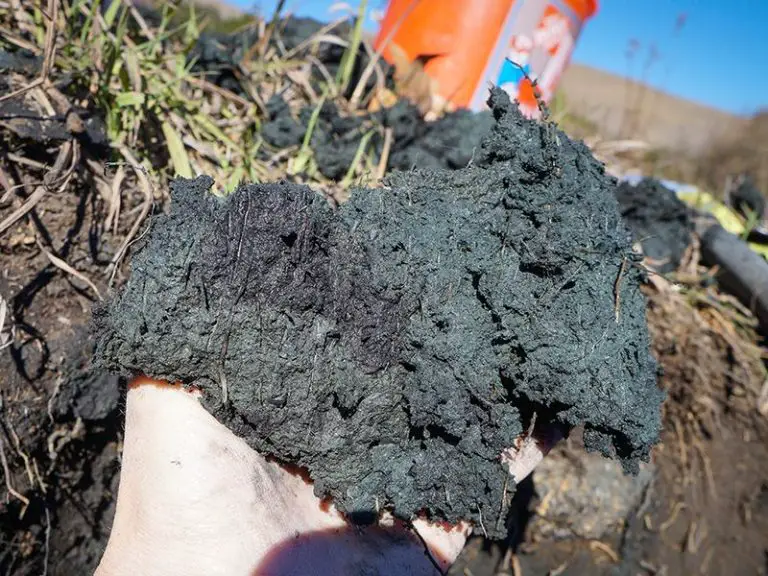Are Mexican Clay Pots Safe To Cook In?
Mexican clay pots, also known as barro or loza, are a type of earthenware pottery made from natural clay and baked at high temperatures. They have been produced in Mexico for thousands of years and are an integral part of Mexican culture and cuisine.
Clay pots are traditionally used for cooking food over an open fire or stove top. Their porous material allows heat and moisture to circulate evenly, resulting in flavorful dishes like mole, pozole, beans, rice, and more. Clay pot cooking can enhance food’s taste and texture compared to modern cookware.
However, the porous nature of clay raises some safety concerns. Contaminants could potentially leach into food, especially if the clay contains lead. Proper use and care is important to avoid exposing food to toxins. Understanding manufacturing standards and testing for lead can help determine if a clay pot is safe for cooking.
History and Origins
Mexican clay pots have a long history and rich traditions dating back thousands of years to the Pre-Colombian period. Evidence of early pottery-making has been found from between 2300 BC and 1500 BC, originating from the modern-day Mexican states of Jalisco, Nayarit, and Colima [1]. Pottery was an integral part of ancient Mexican cultures like the Olmecs, Mayans, Aztecs, and others. Clay pots were used for utilitarian purposes like cooking, storing water and grains, and ceremonial purposes.
The Aztecs in particular had a thriving pottery tradition and created a huge variety of clay vessels. Popular types included orange pozole pots, red-on-cream dishes and figurines, and black burnished vessels. The clay came from deposits around the Valley of Mexico. Figs, cacao beans, feathers, and other natural materials were often used to decorate pots [2]. Through trade, decorative styles and techniques spread between regions.
Traditionally, Mexican clay pots were hand-built using techniques like coiling, paddling, and molding. Firing was done in open bonfires, resulting in low-temperature earthenware. Unglazed utility wares were common along with burnished and painted decoration.
Manufacturing Process
Modern Mexican clay pots are made from natural clays and minerals excavated from certain regions of Mexico that have the ideal composition for making ceramic cookware. The clay is refined and mixed with water to achieve the proper consistency before being shaped on a potter’s wheel or molded by hand into the desired forms.
Artisans carefully craft each clay pot, taking steps to ensure uniform thickness and structural integrity. Many pieces go through multiple firings in extremely hot kilns, which hardens the clay and sets the glaze. Decorative patterns and designs are hand-painted using safe, lead-free glazes and paints.
Reputable Mexican pottery manufacturers adhere to quality control standards for safety and durability. The clay, glazes, and paints are rigorously tested for lead and other toxic contaminants. The kilns are closely monitored to verify each piece reaches the high temperatures required to set the clay and glaze. Finished pots are individually examined for flaws before approved for sale.

Safety Standards and Regulations
There are strict regulations around lead content in clay pots and cookware used for food. The FDA sets limits on the amount of lead that can leach from ceramicware into foods during cooking, baking, and storing. As per the FDA, the maximum allowable levels of lead are:
- 2.0 ppm for large hollowware (bowls larger than 1.1 liter)
- 3.0 ppm for small hollowware (bowls smaller than 1.1 liter)
- 7.0 ppm for flatware (plates and saucers)
- 0.5 ppm for cups and mugs
These standards are outlined in the FDA Compliance Program Guidance Manual and apply to both imported and domestic ceramicware. Any cookware that exceeds these limits is deemed unsafe and cannot be sold in the US.
In addition, California’s Proposition 65 law sets a maximum allowable lead level of 0.5 μg per day for any item used for cooking, drinking or storing food. This is stricter than federal standards.
All clay cookware manufactured or sold in the US must meet these criteria. Most reputable brands regularly test for lead and label their products “lead-free” or “lead-safe.” However, vintage or handmade clay pots from Mexico may not have undergone third-party testing, so their lead levels are uncertain.
To be considered food-safe, clay pots should be lead-free, non-toxic, and free of contaminants that could leach into food. Unglazed clay is more porous and requires more caution. Proper manufacturing, firing techniques, and glazes are key for safety.
Sources:
https://newclaypottery.com/is-there-lead-in-clay-cooking-pots/
Potential Health Risks
There are some potential health risks to be aware of when cooking in Mexican clay pots. One of the main concerns is lead leaching. According to CeramicMaking.com, “Some Mexican clay pots are made with glazes that contain lead, which can leach into the food during cooking. This can be especially dangerous if cooking acidic foods like tomatoes, citrus, and beans.”1 Lead exposure can cause anemia, weakness, kidney and brain damage, especially in children.
In addition to lead, other toxic metals like cadmium could potentially leach from the clay or glaze into foods.2 Over time, ingestion of these metals can accumulate in the body leading to health issues.
There are also safety concerns if the clay pot chips, cracks, or breaks during cooking. Small pieces of clay could end up in food, creating a choking hazard. Cracks and chips can also allow more leaching of any toxic materials from the clay or glaze.
Proper Use and Care
When using Mexican clay pots for cooking, it’s important to follow certain guidelines to ensure safe usage and avoid potential health risks. According to Ibarra Imports, here are some tips:
– Heat clay pots gradually and slowly, especially if empty. Placing a cold unglazed clay pot directly into a hot oven or on a stove top can cause cracking from thermal shock.
– Avoid drastic temperature changes. Do not add cold liquids to hot clay pots or vice versa.
– Allow cookware to cool completely before washing.
– Handwash only using mild detergent and a soft cloth or sponge. Harsh scrubbing can damage the porous clay surface over time.
– Dry thoroughly after washing.
– Cure clay pots properly before first use according to manufacturer instructions to minimize health risks. Proper curing can help seal the clay and prevent leaching.
– Use only for cooking, not for storing food or drink for prolonged periods, as this increases risk of leaching.
Following these simple guidelines allows you to safely enjoy authentic clay pot cooking and minimize any potential risks.
Benefits of Clay Pot Cooking
Cooking with clay pots provides several benefits compared to other materials like metal or glass. Three of the main advantages are even heat distribution, moisture retention, and enhanced flavors.
The porous nature of clay allows heat to spread evenly throughout the pot, preventing scorching or hot spots (Health Benefits Of Clay Pot Cooking). As a result, food cooks more gently and thoroughly. The clay also retains moisture well during simmering or braising, keeping food tender and helping develop rich flavors (Top 8 Benefits of Cooking in Earthenware Vessels). Enhanced steam circulation extracts more flavors from ingredients. Many cuisines around the world recognize these benefits and incorporate clay pot cooking into traditional recipes and techniques.
Overall, clay pots can provide natural even heating, moisture retention, and flavor enhancement. Taking advantage of these properties allows home cooks to achieve better results with certain dishes like stews, beans, rice, and more.
Recommended Recipes
Clay pots are excellent for slow-cooked dishes that benefit from gentle, even heating. The porous material helps retain moisture and infuse foods with more flavor. Clay pots are ideal for cooking:
- Rice dishes like rice pilaf or biryani
- Soups and stews like chicken tagine or beef bourguignon
- Braised and roasted meats like pot roast or chicken
- Beans and lentils that slowly simmer into tender deliciousness
- Vegetable dishes like ratatouille or curry
Here are some sample recipes that showcase the benefits of clay pot cooking:
Chicken Tagine – This Moroccan chicken dish is flavored with warm spices like cumin, cinnamon, and paprika. The clay pot allows the chicken to slowly braise until fall-off-the-bone tender.
Clay Pot Rice – This Chinese rice dish develops a lovely crust at the bottom called socarrat. The clay pot evenly steams the rice, infusing it with flavor.
Römertopf Roast Chicken – Chicken cooks up juicy and flavorful in this German dish. Clay pot cooking means constant basting in natural juices.
Ratatouille – This French vegetable stew highlights the colorful bounty of fresh produce. The clay pot’s heat distribution enhances flavor.
Alternatives to Clay Pots
While clay pots have their benefits, there are other natural cookware options that can be used instead:
Cast iron is a popular alternative that shares some similarities with clay. Like clay, cast iron pots and pans heat evenly and retain heat well. Cast iron comes either bare or pre-seasoned with oil, and over time develops a natural non-stick surface. Cast iron pots and pans work on all cooktops including induction. Some key differences are that cast iron is heavier than clay and can develop rust if not properly maintained. Overall, cast iron makes an excellent eco-friendly and versatile alternative to clay cookware.
Enamelware pots and pans offer a lead-free non-stick cooking surface. The vitreous enamel coating prevents rusting and can withstand very high heat. Enamelware works on all cooktops including induction. It’s lightweight compared to clay or cast iron. The smooth non-stick surface makes enamelware easy to clean. While not as “natural” as bare clay or iron, enamelware avoids concerns about lead contamination from traditional glazes. It’s a durable and safe alternative for those seeking clay pot results without the potential risks.
Conclusion
Mexican clay pots have a long history of traditional use in cooking, but concerns about lead content and proper maintenance have raised questions about their safety. While standards and regulations exist to limit dangerous levels of lead, risks can be further minimized through proper seasoning and avoiding putting acidic foods in the pots. Overall, with the right precautions Mexican clay pots can be used safely, allowing home cooks to experience their benefits for simmering beans, cooking rice, and making sauces and stews.
In summary, key points to keep in mind are:
- Traditional clay pots must be properly cured or seasoned before use to maximize safety.
- Avoid cooking acidic foods like tomatoes for long periods in the pots to prevent lead leaching.
- Don’t use chipped or damaged pots which can expose potters and food to lead.
- Handwash carefully and avoid soaking pots to prevent damage to the clay.
- While no cookware is 100% risk-free, with proper use and care the benefits of clay pot cooking can be enjoyed safely.
The verdict is that with adequate precautions to avoid lead exposure, Mexican clay pots can be a safe, traditional, and rewarding way to cook beans, rice, stews and more.




